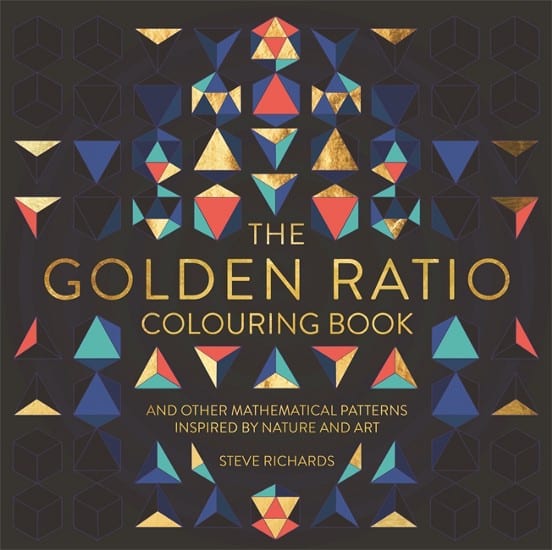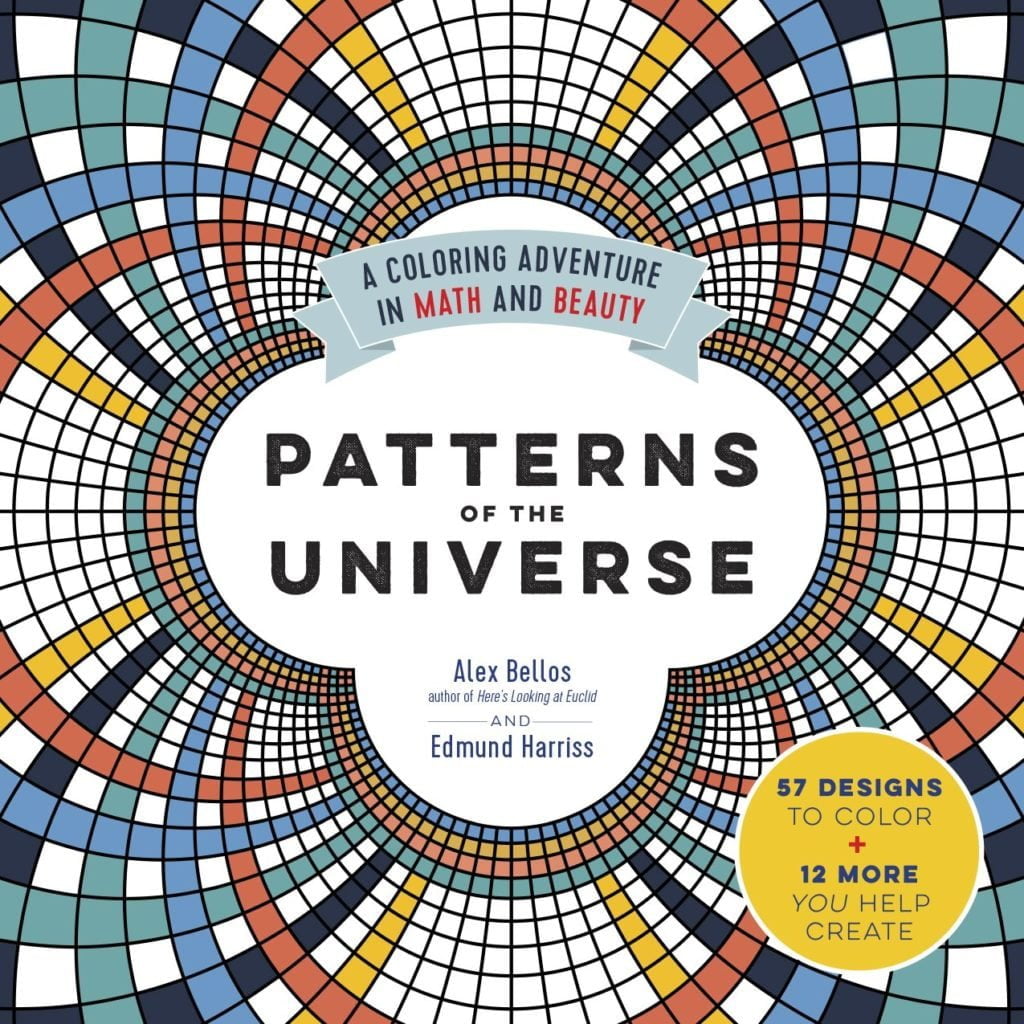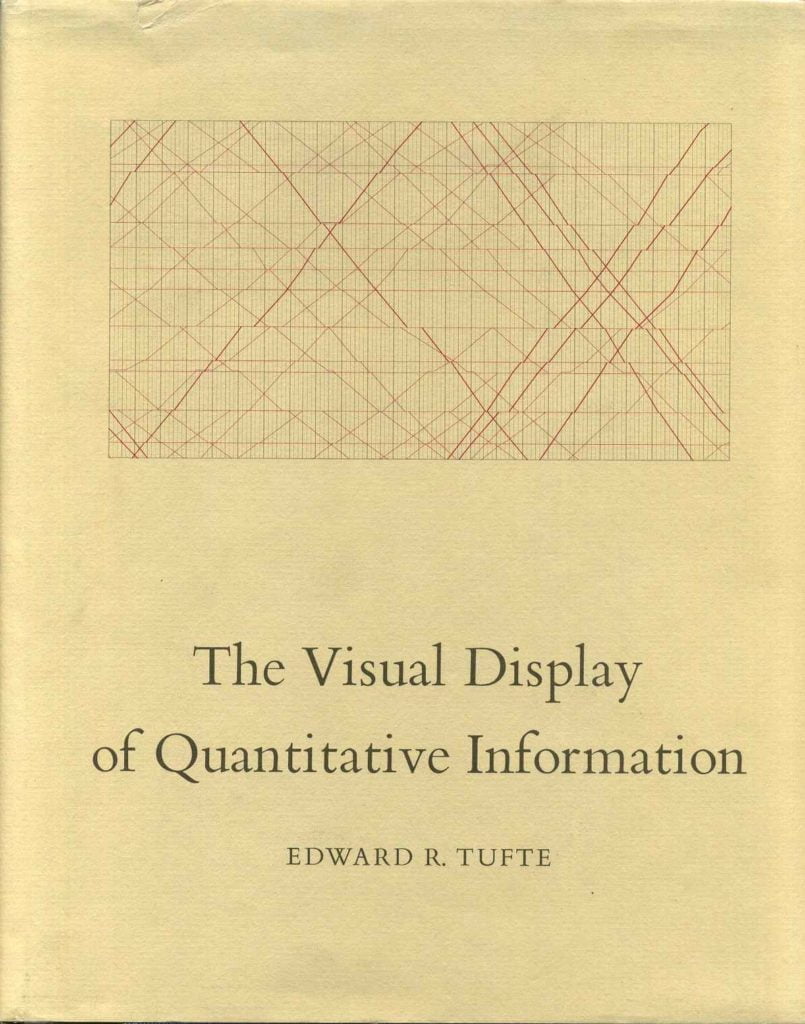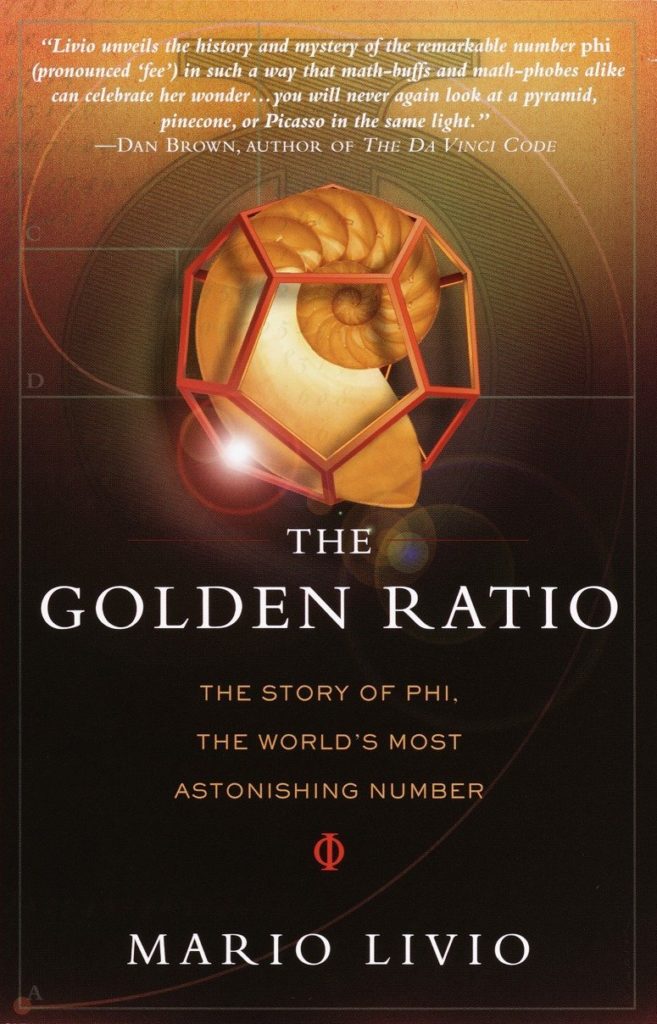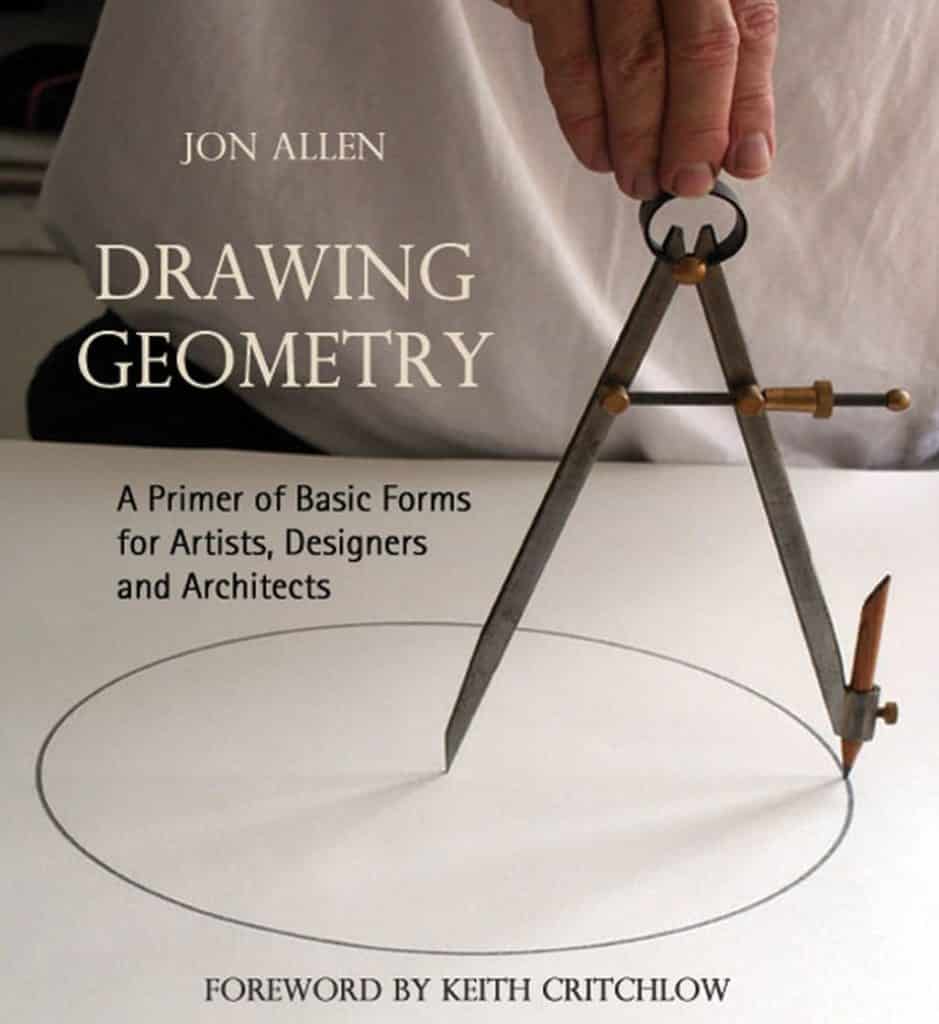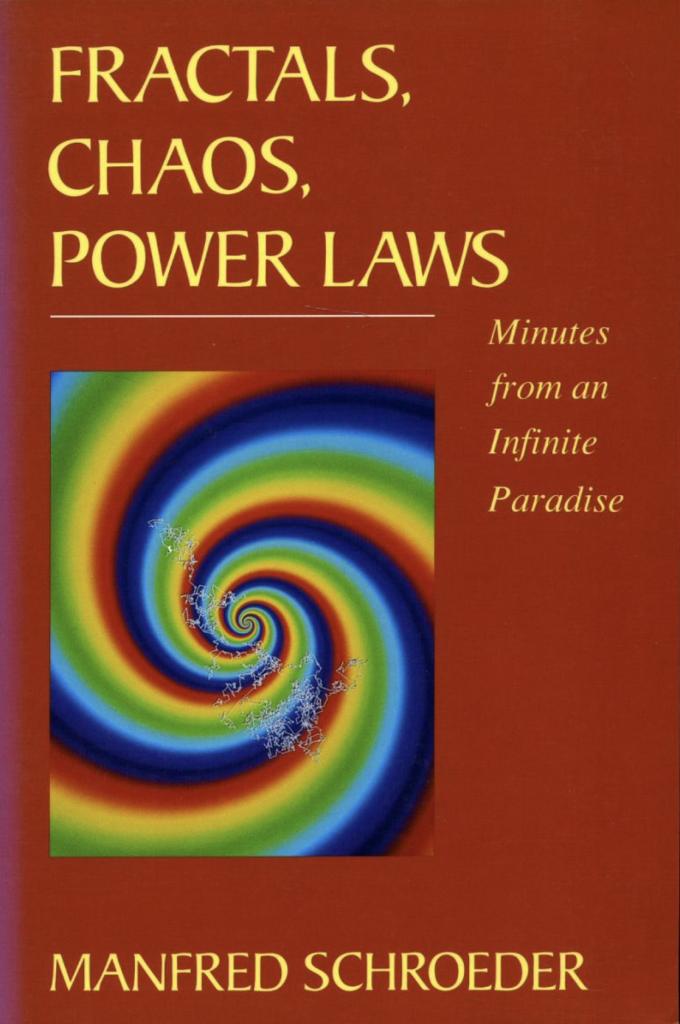When art and math collide, the results are always mesmerizing and compelling. While mathematicians have been trying to understand the world, designers have expressed the essential mathematical concepts have been for thousands of years.
There are so many books for designers that take the reader on a geometrical journey and show the connection between art, design, and mathematics and a mathematical explanation of how artworks in a way that you can all understand.
Is There Math in Arts and Design?
Mathematicians believe that mathematics is full of beauty and creativity, and they use words such as “elegant” and “beautiful” to describe their favorite proofs. Mathematicians also admire mathematical greats such as Gauss, Euler, and Leibniz for their creative capacities, not just their computational abilities.
Many design concepts, such as symmetry, fractals, and logos, directly relate to mathematical concepts and discoveries. So, if you are an artist or a designer, there is a good chance that you are already incorporating math into your work and may not be doing it consciously.
What Kind of Math is Used in Design?
A good number of graphic design courses include maths skills. For instance, designers should know algebra, calculus, and geometry. As an example, you should watch “The Math Behind Pixar Movies.”
Do Designers Need to Know Math?
Many of these individuals fail to realize that mathematics is integral to design. Concepts such as patterns, symmetry, fractals, ratios, and sequence that are so important to design all have a basis in mathematics.
Can You be a Good Designer Without Math?
A good designer’s works are always well-balanced and attractive. And some of the most fundamental design techniques are rooted in mathematical concepts. However, you may be applying them without even realizing it, and that’s why you can still be a good designer without advanced math knowledge.
What are the Best Math Books for Designers?
Below we have curated more than thirty math, geometry, and art books for designers. Here is the list of some excellent books for designers and math people.
The mathematical formula is known as the “golden ratio” can represent what many people believe to be the “divine proportion,” which can also be seen in art and architecture. This gorgeous coloring book explores the many ways numbers and beauty combine, showcasing the beauty of Fibonacci’s most well-known formula. Both logical and artistic minds will delight in filling in the spirals and patterns in these amazing artworks.
“Publisher’s note: Snowflake, Seashell, Star was the previous name for Patterns of the Universe.
As you color, consider the patterns of the universe! Math lies at the core of many natural wonders and possesses its own unique abstract beauty, as seen in the symmetry of the Sri Yantra mandala, the spiral seeds of a sunflower, and the silhouette of a snowflake.
These 57 beautiful designs, which range from the 4-D hypercube that casts a star-like shadow to the endless Penrose tile pattern that never quite repeats, unveil their secrets as you add color. There is no need for math knowledge since art becomes an act of discovery!
In the Creating extra portion, as you join dots, flip coins, and follow other basic actions, 12 stunning images will appear before your eyes.”
We are suffocating under the weight of mountains of rapidly accumulating data. In such a situation, rather than adding to the already overwhelming amount of information, the purpose of this book is to provide genuine comprehension. “James Lovelock” —
The human race consists of some pretty incredible creatures. We are the most important species on the planet because we are creative, adaptable, and intelligent, and we have worked our way to the top by inventing new things. Many people believe that a new geological era, called the Anthropocene, has begun. This age is characterized by human-induced changes to the blue and green globe that we call home. The extent of our influence is so great that many people believe this.
Our elevated position comes with responsibilities in addition to opportunities. How should we approach the here and now and the future? Which bits of information should we take with us? This collection of illustrated essays was conceived by James Lovelock, the person who came up with the Gaia theory. It brings together an all-star lineup of thinkers and scientists to offer an essential understanding of who we are, how we live, and where we might be headed in the future. Lovelock is the inventor of the Gaia theory.
In the same way that the Gaia theory views our planet as an interconnected network of living systems, the book “The Earth and I” encourage holistic understanding. In the course of 12 chapters, we explore the minute particulars and the enormous frameworks that make up our species and planet. These range from the ever-expanding universe to the microscopic but powerful cells that make up our bodies. We observe stellar explosions and the layers of life that lie beneath our feet, delve into the neuroscience of decision-making, come to terms with our climate, and ruminate on our growing familiarity with technology.
Members of the scientific elite, such as quantum physicist Lisa Randall, Astronomer Royal Martin Rees, biologist Edward O. Wilson, winner of the Pulitzer Prize, and neuroscientist Eric Kandel, winner of the Nobel Prize, are among the world-class contributors to this book. The result is a source of motivation for inquisitive minds of all ages and a dependable tool kit for a more enlightened and informed future. The lively illustrations in this book are the work of British artist Jack Hudson.
The Visual Display of Quantitative Information is a beautiful book about graphs, tables, and statistics. Theory and practice in the design of data graphics, 250 examples of the best statistical graphics (and a few of the worst), and a detailed analysis of how to present data for accurate, efficient, and quick analysis. Small multiples are used in the high-resolution display design.
Many brilliant minds throughout history, from mathematicians to theologians, have pondered the perplexing connection between numbers and the fundamental nature of the universe. In this enthralling book, author Mario Livio recounts the story of phi, also known as 1.6180339887, a number that lies at the center of the riddle…
Euclid, who lived more than 2,000 years ago, is credited with discovering this peculiar mathematical relationship, commonly referred to as “The Golden Ratio.” This ratio was essential in constructing the pentagram, which was thought to possess magical properties. Since then, it has demonstrated a tendency to appear in the most astounding diversity of places, ranging from the form of the galaxy to the florets of sunflowers and rose petals and even in the shells of mollusks. Studies in psychology have been conducted to determine whether the Golden Ratio is the most aesthetically beautiful proportion currently exists. It is speculated that the architects who designed the Pyramids and the Parthenon used it in their work. It is thought to be included in works of art ranging from Leonardo da Vinci’s Mona Lisa to Salvador Dali’s The Sacrament of the Last Supper, and it has been used in the works of poets and composers. It has even been established that there is a link between it and the behavior of the stock market!
This enthralling excursion into the worlds of art and architecture, botany and biology, physics and mathematics is brought to life in The Golden Ratio. It tells the human story of numerous people who were fixated on the number phi, such as the followers of Pythagoras, who believed that this proportion revealed the hand of God; the astronomer Johannes Kepler, who saw phi as the greatest treasure of geometry; Renaissance thinkers such as the mathematician Leonardo Fibonacci of Pisa; and masters of the modern world such as Goethe, Cezanne, Bartok, and physicist Roger Pen. It doesn’t matter where Mario Livio’s search for the meaning of phi leads him; wherever he goes, he finds that the world is one in which order, beauty, and an unsolvable mystery will always coexist.
The Fibonacci sequence is mathematics’s most common and possibly most fascinating numerical pattern. Each number following the first two ones in this straightforward pattern is the sum of the two numbers that came before it (1, 1, 2, 3, 5, 8, 13, 21, ad infinitum). This pattern appears again in natural formations all throughout the world, from the arrangement of the whorls on a pinecone to the branches of specific plant stems. All of which provide stunning proof of the natural world’s intricate mathematical foundation. Two seasoned math lecturers led us on a fascinating tour of the Fibonacci numbers’ numerous applications with outstanding clarity. They start with a brief biography of a renowned Italian explorer who, among other things, was in charge of making Arabic numerals widely used in the West. Turning to botany, the authors illustrate the astounding relationships between Fibonacci numbers and organic forms through illustrated graphics (pineapples, sunflowers, and daisies are just a few examples). They cite a large number of instances of the Fibonacci sequence and its derivative, the “golden ratio,” in different spheres of society and culture, including art, architecture, the stock market, and others. And, of course, there are practically endless applications in mathematics, as the authors amply show, in areas like probability, number theory, geometry, algebra, and Pascal’s triangle, to name a few. This enjoyable and educational book enables the reader to understand the elegance of mathematics and its wonderful applications in both natural and cultural environments. It is approachable and appealing to even the most math-phobic person.
The core principles and concepts of chaos and fractals are covered in the book’s fourteen chapters, along with a wide range of related subjects such as the Mandelbrot set, Julia sets, cellular automata, L-systems, percolation, and weird attractors. This new edition has undergone extensive revisions. Since more subsequent books cover this information in-depth, the original edition’s appendices were removed. For this second edition, the writers supply ten interactive JAVA applets rather than the targeted computer applications in BASIC.
Geometry is not just about mathematics; it’s an essential part of the design, architecture, and art. “Drawing Geometry: A Primer of Basic Forms for Artists, Designers, and Architects” deftly captures the intersection of geometry with the visual arts. This book is both a tool and a tribute to the elegance and usefulness of geometry.
Each chapter unravels the mysteries of shapes, offering the reader a guided tour through the world of angles, lines, and forms. What stands out is the book’s accessibility – it is rare to come across a guide that caters to both the novice and the experienced professional. Step-by-step instructions form the bulk of the content, ensuring that even those with minimal background in geometric construction can easily grasp the techniques.
The author’s methodical approach to explaining how each shape is constructed is one of the book’s strongest assets. By breaking down complex designs into simple foundational steps, the book demystifies the process of drawing accurate and sophisticated geometric patterns.
The visuals in “Drawing Geometry” are clear and informative. The illustrations serve not only as a reference but also as a form of silent mentorship. As readers practice the constructions, they internalize the principles behind the geometry, enhancing their comprehension and ability to apply these shapes creatively in their own work.
While the book primarily functions as a manual, it subtly conveys the beautifully profound nature of geometry. This is where “Drawing Geometry” distinguishes itself – it makes the reader appreciate the underlying principles of balance and symmetry that form the bedrock of good design.
Designers, architects, and artists will find “Drawing Geometry” more than a valuable resource; it’s a companion in the creation process. The book effectively acts as a bridge between knowing about geometric forms and actually being able to create them with precision and beauty.
The meticulous explanations are accompanied by discussions on how these forms can be seen and utilized in various professional scenarios, highlighting the book’s real-world applications.
“Drawing Geometry: A Primer of Basic Forms for Artists, Designers, and Architects” is an exceptional instructional resource that goes beyond geometric theory, providing functional guidance to those who shape the visual world. Its systematic instructions are underpinned by an evident passion for the subject, which both educates and inspires.
Whether you’re a student learning the ropes or a seasoned professional looking to refine your drafting techniques, this book is more than worthy of a spot on your shelf. The skills honed from this primer are not only useful but are foundational to any artist’s or designer’s toolkit.
One idea—symmetry—lies at the core of relativity theory, quantum mechanics, string theory, and a large portion of contemporary cosmology. Famous mathematician Ian Stewart tells the story of how this fascinating field of study first came to be in his book Why Beauty Is Truth. Stewart introduces us to figures like the young revolutionary Evariste Galois, who reshaped all of mathematics and founded the field of group theory only to perish in a pointless duel over a woman before his work was published, and the Renaissance Italian genius, rogue, scholar, and gambler Girolamo Cardano. Cardano stole the modern method of solving cubic equations and published it in the first significant book on algebra. Stewart also looks into the odd numerology of actual mathematics, where certain numbers have peculiar and unforeseen symmetry-related characteristics. He demonstrates how Wilhelm Killing found “Lie groups” with dimensions of 14, 52, 78, 133, and 248—groups whose very existence begs serious questions. The “octonionic” symmetries that could explain the cosmos’ basic existence are the last topic Stewart discusses in his description of the universe beyond superstrings.
Fractals, Chaos, Power Laws. The title itself sounds intriguing, doesn’t it? This book is a portal to an intricate world of self-similarity and scaling, where patterns repeat on different scales and a tiny change can lead to a large effect. Written by Manfred Schroeder, a renowned physicist, Fractals, Chaos, Power Laws is a journey through the fascinating concepts of fractal geometry and chaotic dynamics. From the patterns of snowflakes to the fluctuations of stock prices, and from the branching structures of trees to the sounds music produces, this book encompasses a vast array of examples to illustrate its themes. Keep reading to find out why Fractals, Chaos, Power Laws is a must-read.
Fractals, Chaos, Power Laws is a treasure trove of information for physicists, engineers, and other scientists with a mathematical background. Schroeder assumes a basic understanding of differential equations, probability theory, and calculus, but his writing style is straightforward and accessible. He makes the concepts easy to digest by breaking them down into bite-sized chunks and providing colorful illustrations. Even those with general knowledge in these subjects will find the book illuminating.
One of the most remarkable aspects of Fractals, Chaos, Power Laws is how interdisciplinary it is. Schroeder draws examples from physics, biology, finance, and music to illustrate his themes. He shows how fractals pop up in diverse contexts, from the shapes of coastlines to the structure of DNA. He also explains how chaotic dynamics underlie many natural and artificial systems, from the weather to traffic congestion. And he demonstrates how power laws, a type of statistical distribution that describes many phenomena, can be derived from simple principles.
Fractals, Chaos, Power Laws covers a wide range of topics. Some of the highlights include a detailed explanation of the Mandelbrot set, a famous fractal that has captured the imagination of mathematicians and artists alike; an analysis of the noise reduction properties of fractal antennas; a discussion of the Fibonacci sequence and its connection to plant growth; and a chapter on the physics of music that introduces the idea of musical fractals. Each topic is presented with a depth of detail that is both engaging and informative.
Schroeder’s writing is not only informative but also entertaining. He has a knack for weaving together technical information and anecdotes. For instance, he describes how Benoit Mandelbrot, the father of fractal geometry, stumbled upon the discovery of fractals while working at IBM. Schroeder also tells the story of how Johann Sebastian Bach incorporated mathematical principles into his music, creating pieces that resonate with the same self-similar patterns found in fractals.
Fractals, Chaos, Power Laws is a stunning book that takes readers on an eye-opening journey into the world of self-similarity and scaling. The book is comprehensive, interdisciplinary, and entertaining, making it a valuable resource for anyone interested in fractals and chaos. Although it is aimed at physicists, engineers, and other scientists with a mathematical background, it is still accessible to a broader audience. Whether you are a student, a teacher, or a layperson, Fractals, Chaos, Power Laws will expand your understanding of the beauty and complexity of the natural world. Don’t miss out on this must-read book!


